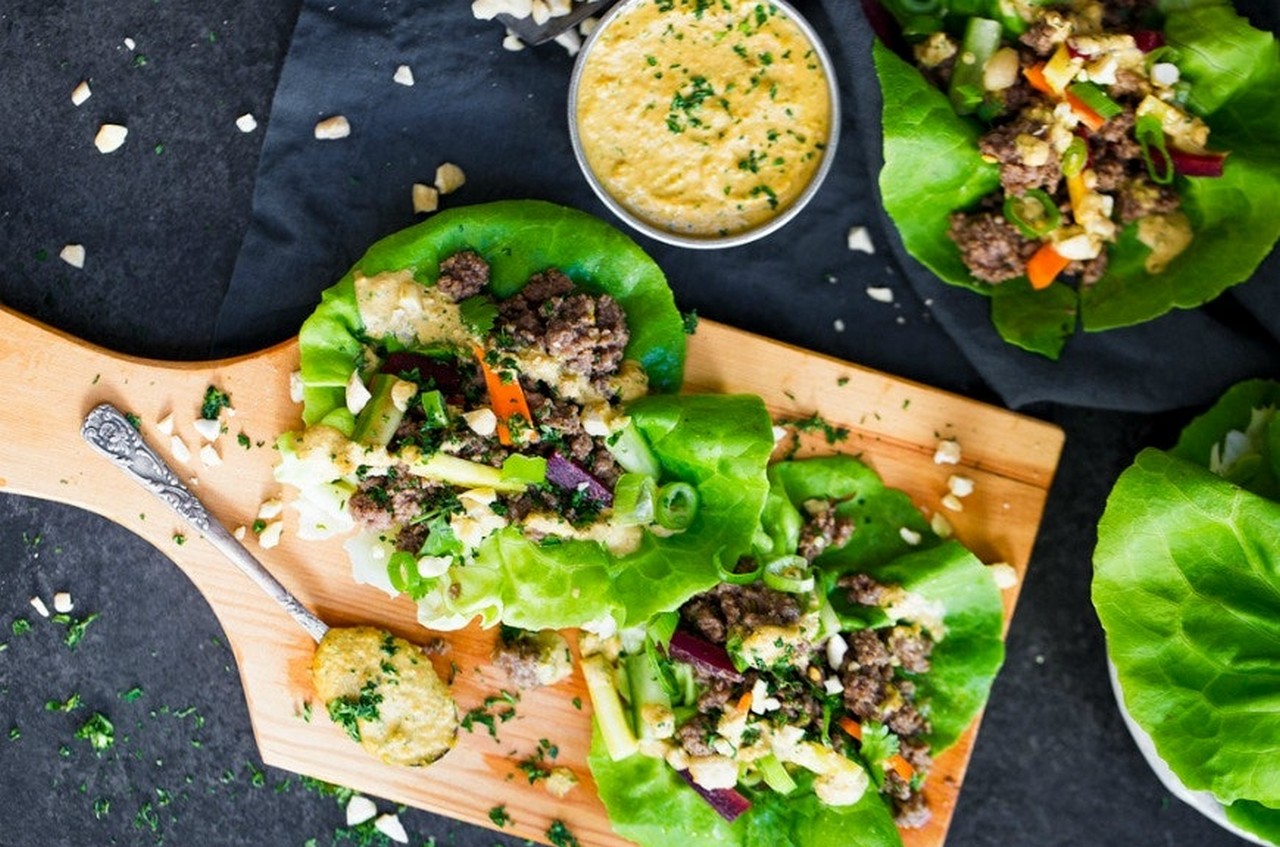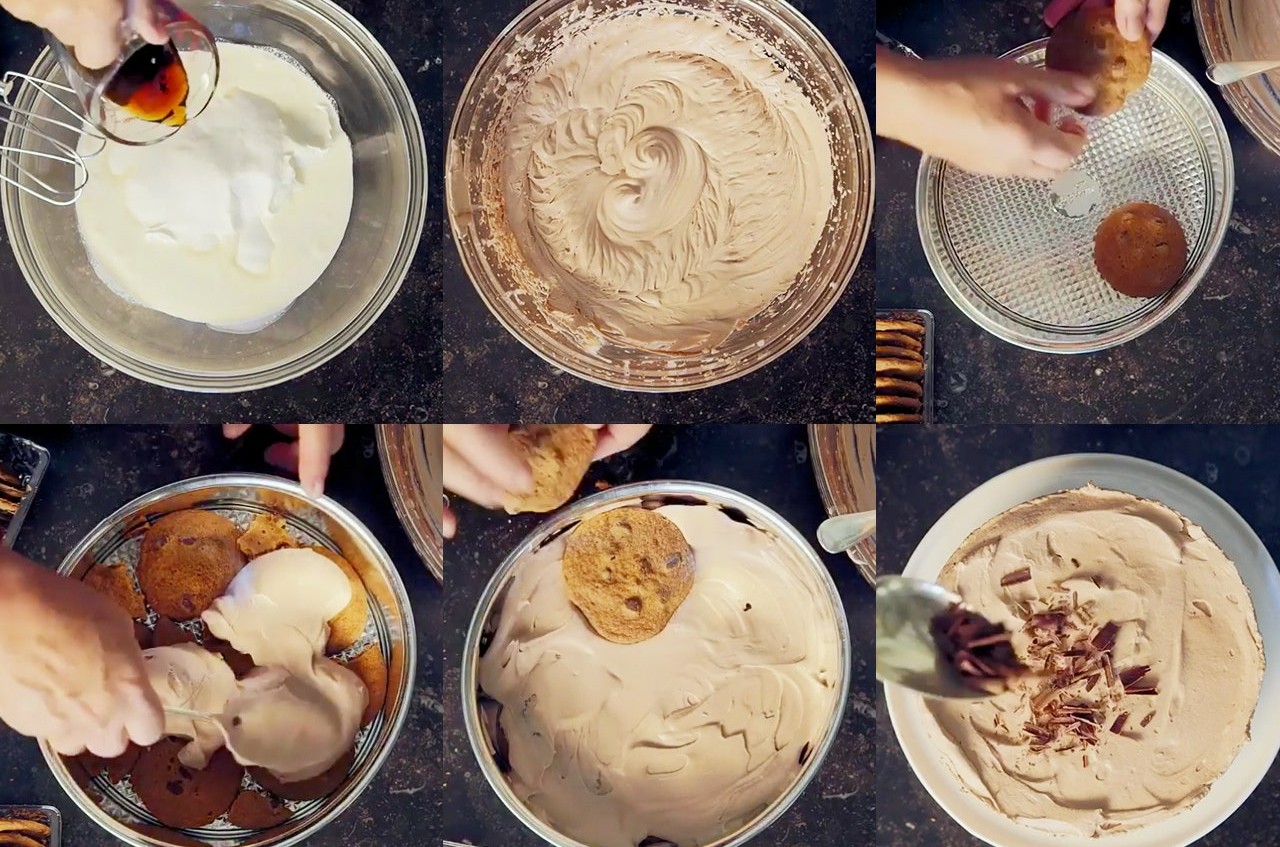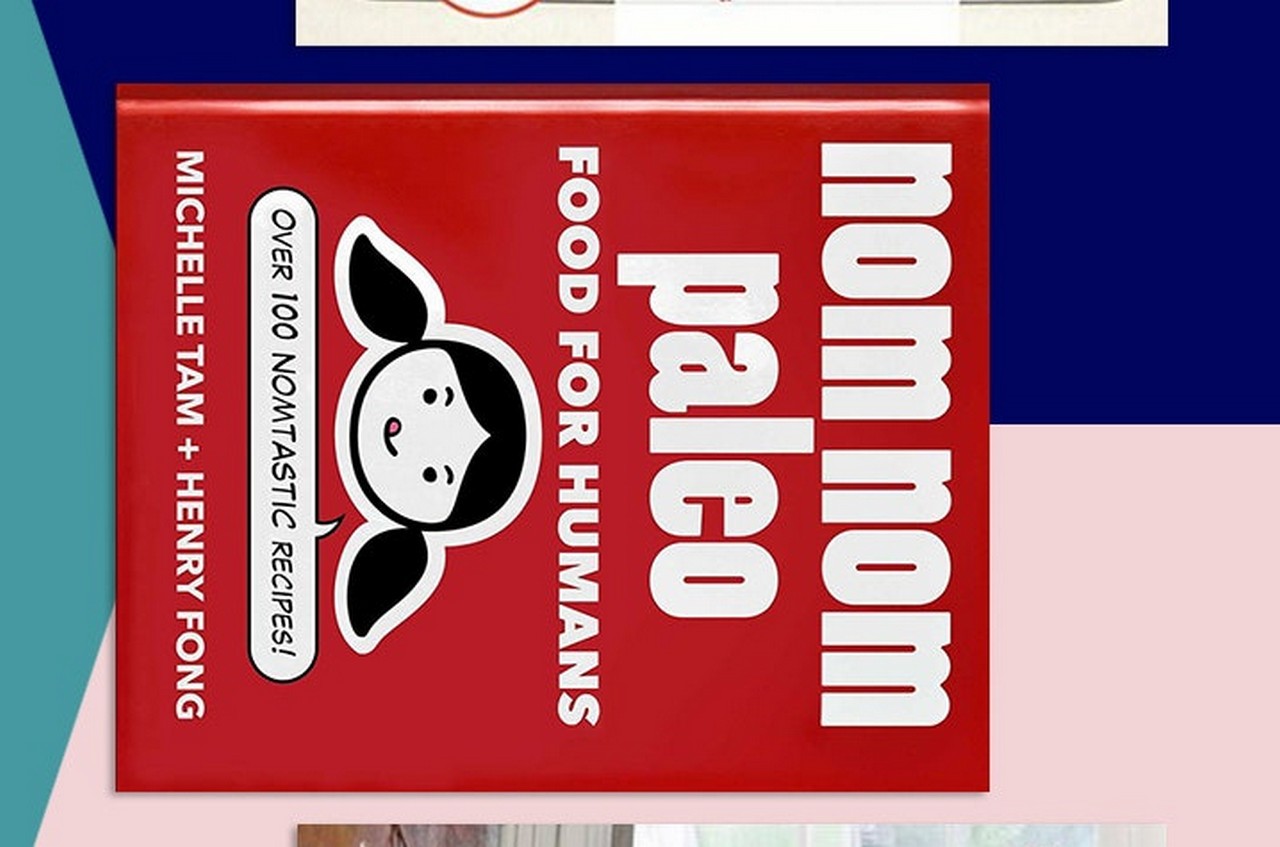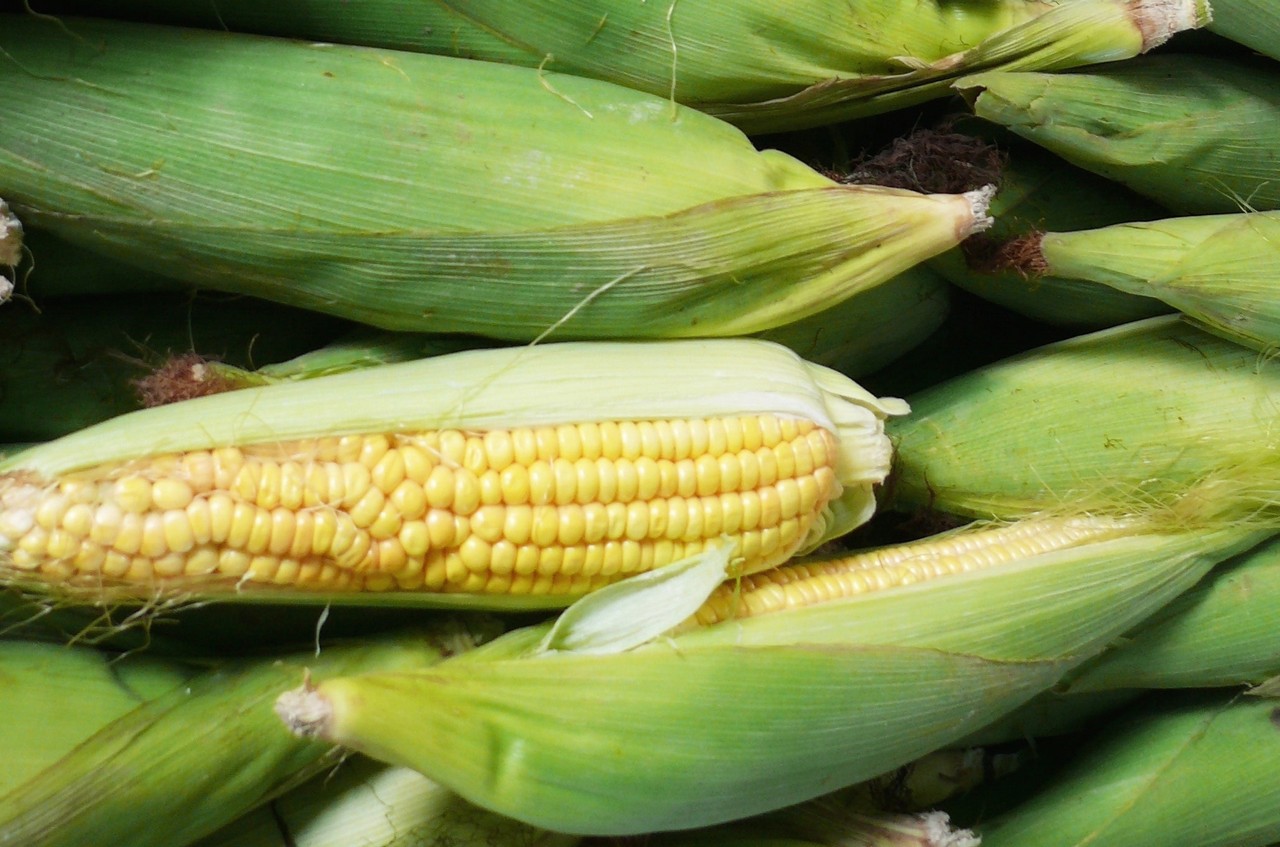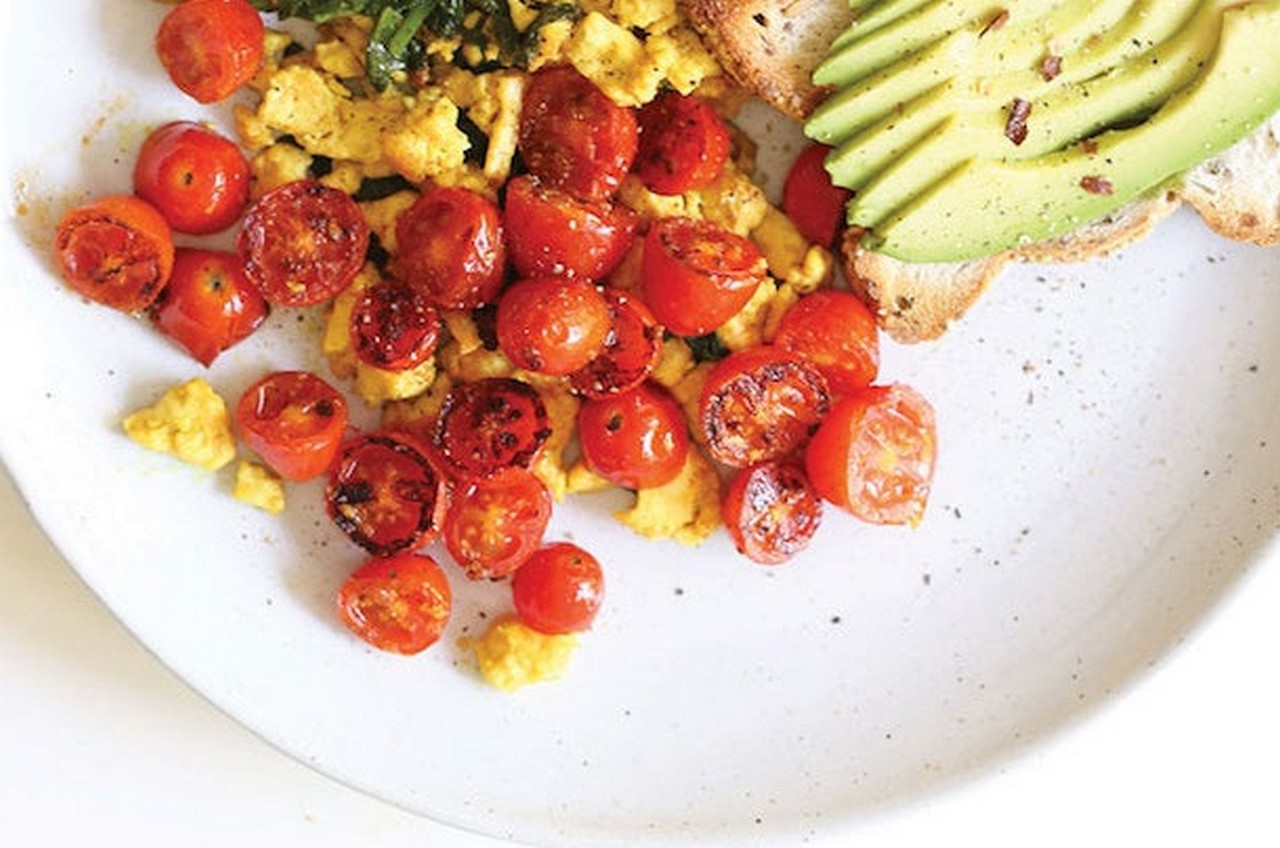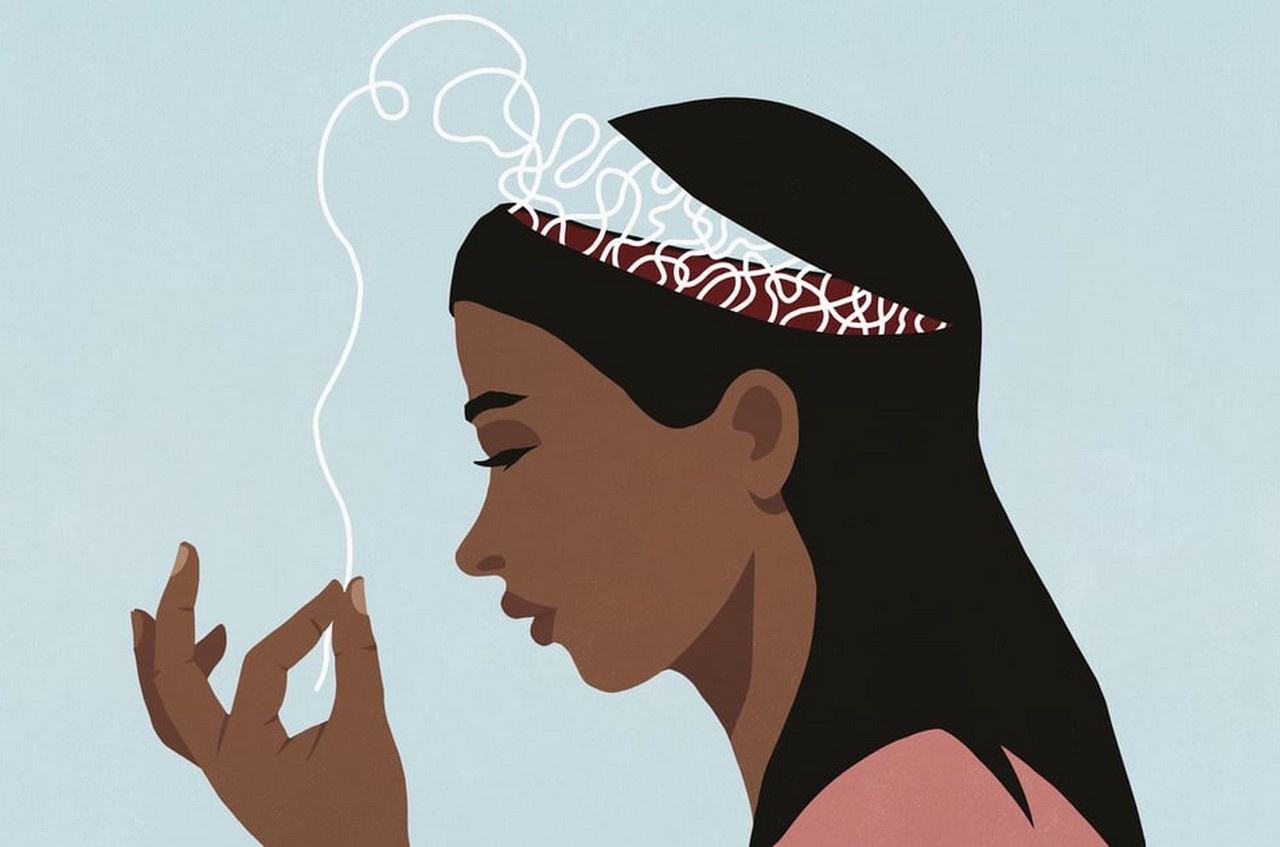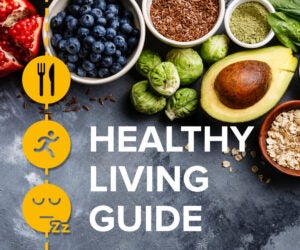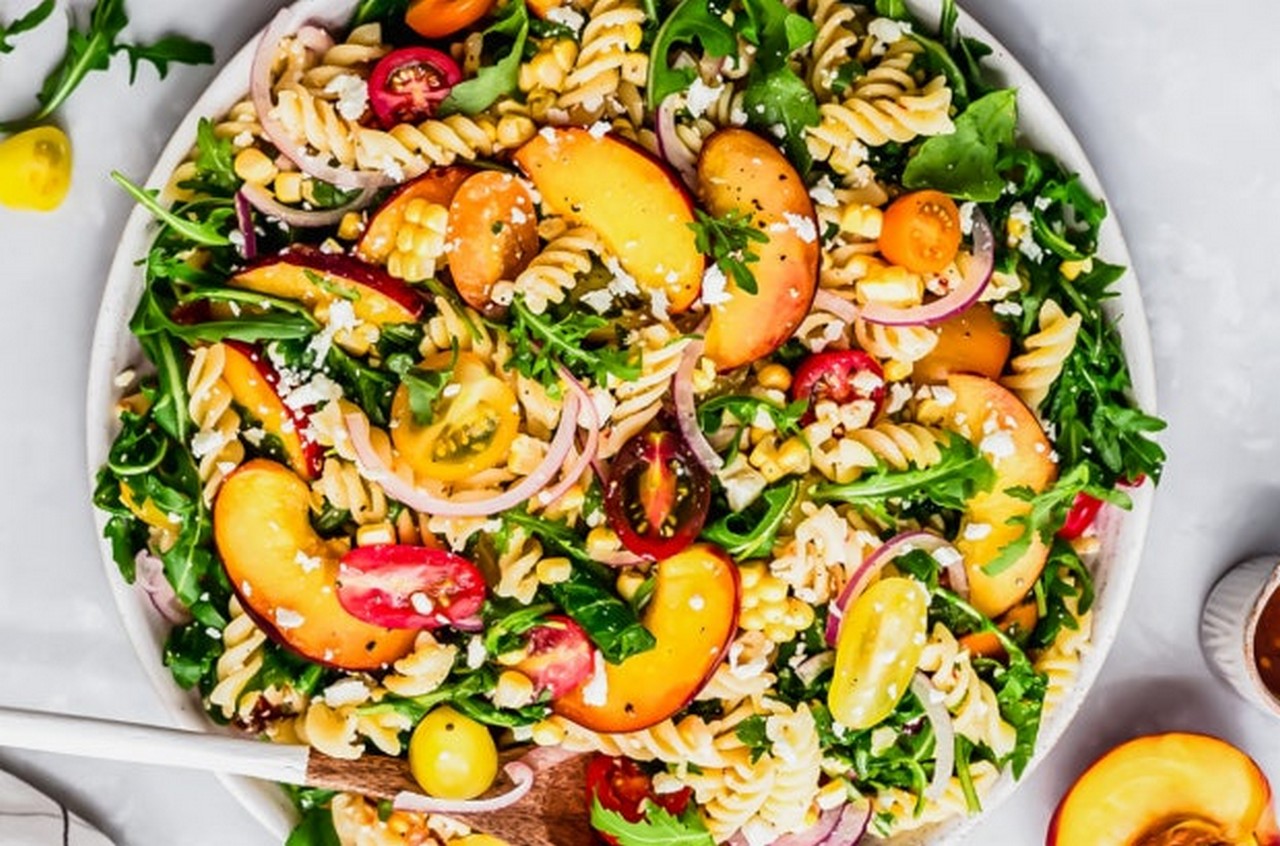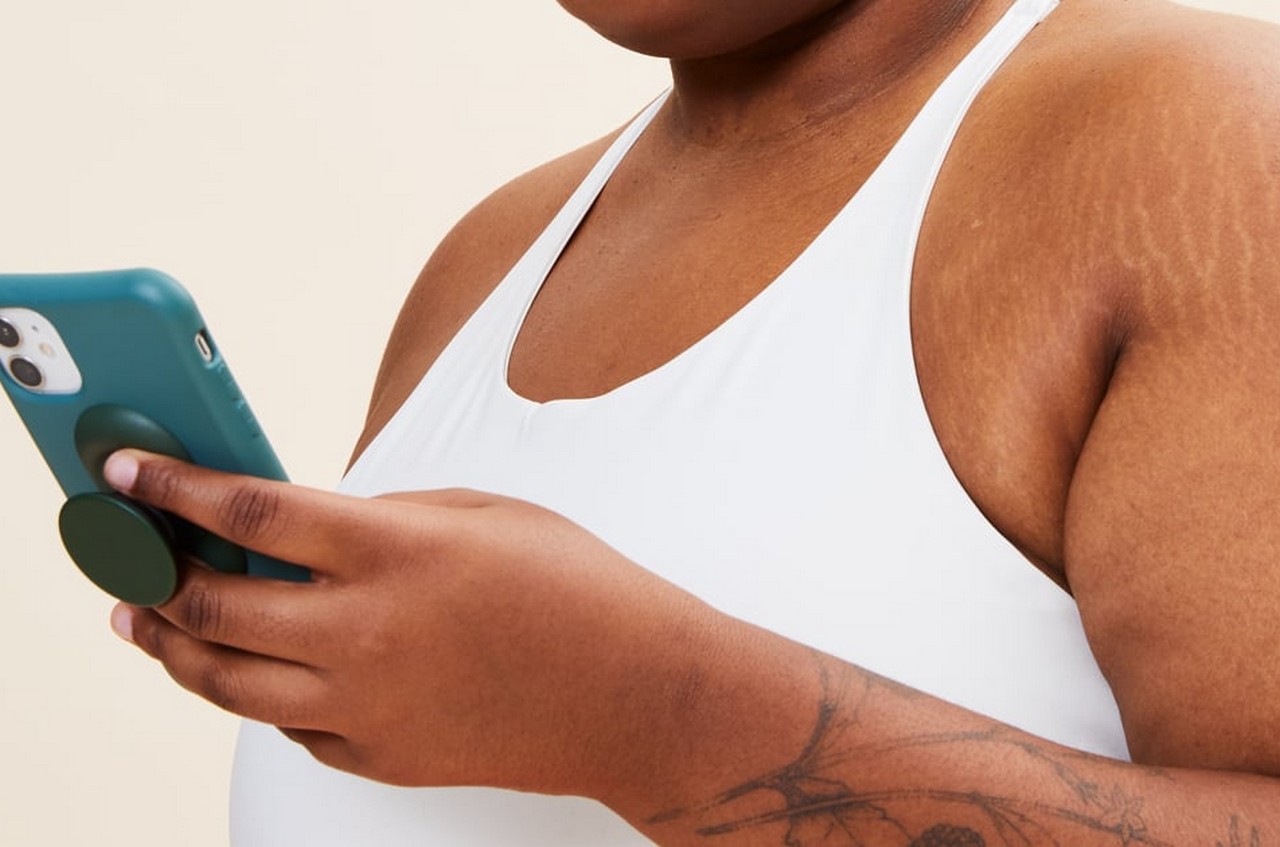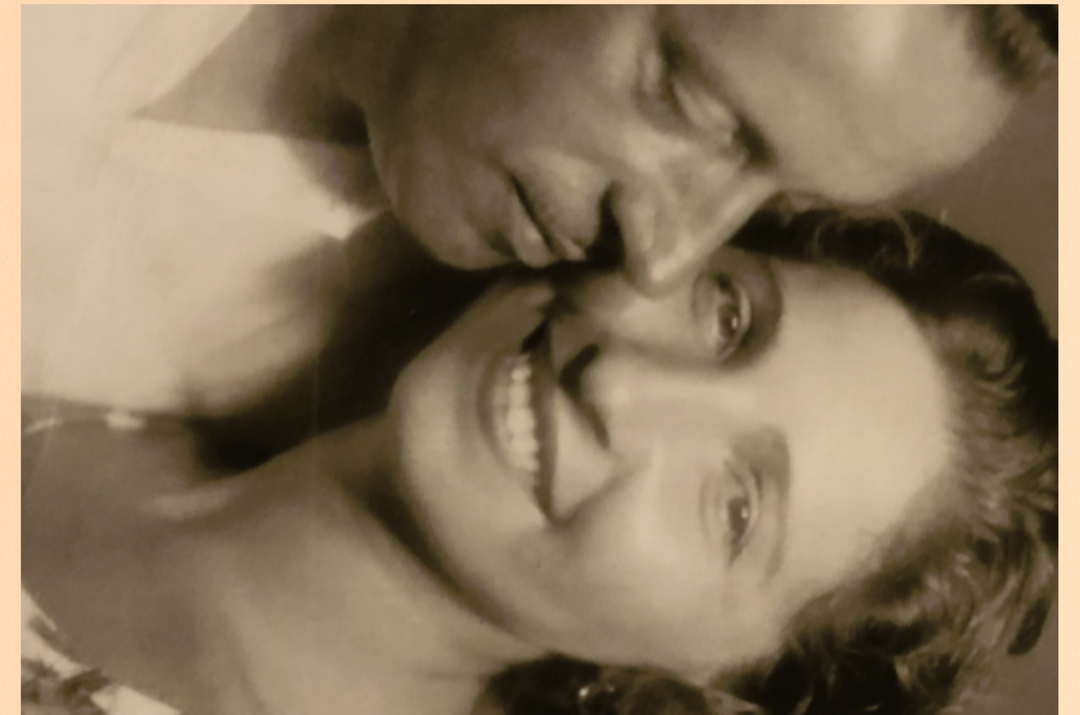
When Rosalie Simon was 12, her family was evicted from their home in Kriva Velka, Czechoslovakia, and sent to Auschwitz, the Nazi extermination camp that killed 1 million Jews—one sixth of the total that died during the Holocaust—in less than five years. In her darkest moments, she tells SELF, she couldn’t help but think about potatoes.
“I said, ‘If I ever survive this hell, all I would want in my life is enough potatoes. I would never ask for anything else.’”
Rosalie, now 91, is one of more than 40 survivors who contributed recipes to Honeycake and Latkes: Recipes from the Old World by the Auschwitz-Birkenau Survivors. The idea for the cookbook, out September 13, came about in 2020, after a group of 120 survivors went back to Poland for the 75th anniversary of the liberation of Auschwitz. While there, a common theme kept coming up in conversation: food.
Many survivors began talking about recipes from before the war that they continued making afterward as they restarted their lives. The conversations continued after they returned home, when they began recipe-swapping over Zoom. The idea for the cookbook took root and was later brought to fruition by the Auschwitz-Birkenau Memorial Foundation.
It may seem like an incongruent combination, since food is a loaded subject for many Holocaust survivors—particularly those who have lived through starvation (as Rosalie did in both Auschwitz and, later, in Dachau, another Nazi camp). In one qualitative study from 2004 published in the Journal of Nutrition Education and Behavior, researchers found that Holocaust survivors tended to share certain behaviors about food: They had a hard time throwing away food, stored more than they needed, and felt heightened levels of anxiety when food was not readily available. Wider trauma research supports the lasting effects of food insecurity: A childhood history of not having enough food can lead to depression, anxiety, and disordered eating later in life, along with other health complications.
As for Rosalie, food had huge meaning to her during the war and afterward. Throughout her imprisonment, the promise of food was used as an incentive and starvation as a punishment. She recalls her arrival to Auschwitz, during which Dr. Josef Mengele, a Hitler coconspirator widely known as the Angel of Death, separated families into groups: Those who would be sent to work were moved to the right, and those who would “receive more bread” to the left. However, despite the promise of extra sustenance, the latter group was actually being sent to the gas chambers. Rosalie’s mother and younger brother were killed there on that first day in 1944.
But it was actually this promise of bread that indirectly helped Rosalie survive, she explains to SELF. She snuck out of line to get her older sisters, who were sent to the other group to work, because she wanted them to receive bread too. Unable to rejoin the bread group, she instead remained in the work group with her sisters, who ended up surviving the camp and the war as well.
Food and eating would continue to be an ambivalent force in Rosalie’s life even after liberation. Rosalie was told by US troops to be careful with what she ate after being malnourished for so long; it took her a while to regain the ability to eat regular meals without getting sick.
“Little by little, your stomach gets used to eating a little more,” Rosalie says.
When her surviving family members were well again, they went back to Kriva Velka to see who else survived. “Do you know what we carried around?” she asks. “Big sacks of bread. We didn’t have potatoes then. But we had plenty of bread. We were always afraid that we were going to be hungry.”
Now, Rosalie says that her relationship with food and eating is positive. And like many of the other Holocaust survivors involved in the cookbook, she says that food can also be deeply healing, especially as a way to stay connected to the loved ones who didn’t survive the war. Food has been a thread that strings her whole life together—from the recipes her mother whipped up during her childhood to the holiday meals she shares with her children, grandchildren, and great-grandchildren today. In fact, she chose a chopped liver recipe (excerpted below) for Honeycake and Latkes to honor her mom, who made the dish for her children before the war.
Rosalie is the first to acknowledge the self-described hell that she went through. But she is also the first to volunteer to share her story with food, like she does in Honeycake and Latkes, as an act of celebration, survival, and resistance.
“I still love potatoes,” she says. “I make them all kinds of ways.” She lists the several ways she likes to prepare them—fried, as latkes, and roasted—noting that baked potatoes are her favorite. “I have enough potatoes,” she says after a pause. “And most important, I survived.”
Chopped Liver
(Yiddish: gehakte leber)
This recipe presented here has not changed over time. This dish evokes memories of sharing meals with a family. We serve it as an appetizer. Depending on the day of the week, chopped liver can be followed by a Saturday cholent or a Shabbat dinner matzo ball soup, chicken, potato kugel, and tzimmes.
Serves 10–12
Ingredients:
- 1 pound calf’s liver
- 2–3 large yellow onions, chopped
- 3 tablespoons vegetable oil
- 3 hard-boiled eggs, peeled and roughly chopped
- Salt and black pepper
Broil liver until done (do not dry out). Sauté onions with oil until golden brown. Grind all ingredients together in a meat grinder or food processor. For a finer consistency, grind twice and stir together with a spoon. Serve with crackers or vegetables for dipping.
Note: It takes 5–10 minutes for the liver to be done in the broiler. Make sure it is not red inside.
This recipe is excerpted from Honeycake and Latkes: Recipes from the Old World by the Auschwitz-Birkenau Survivors and republished with permission from the Auschwitz-Birkenau Memorial Foundation.

